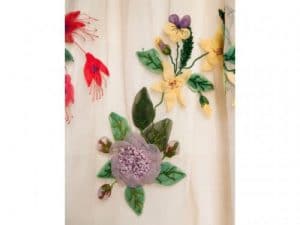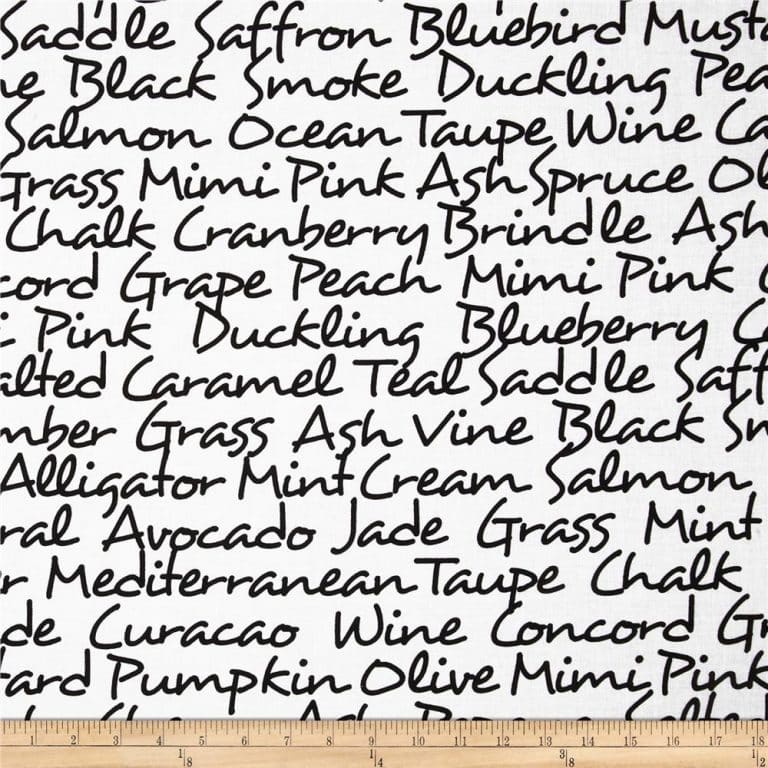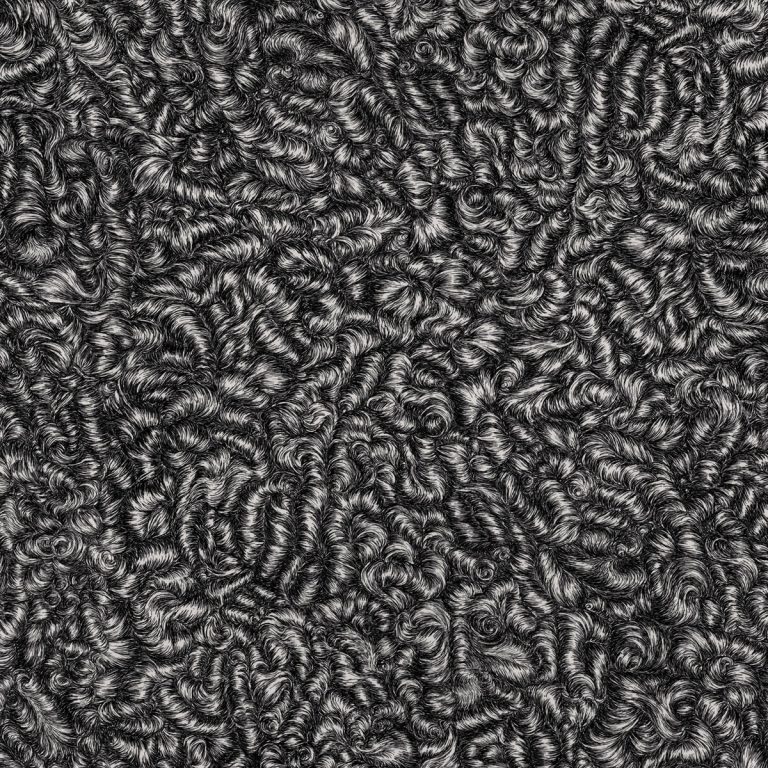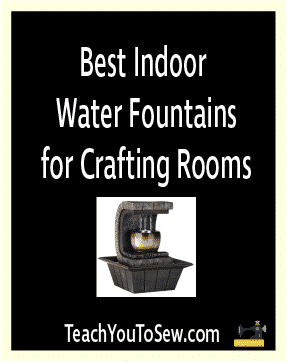Aerophane Fabric: History, Properties, Uses, Care, Where to Buy

- Aerophane Fabric was a popular and elegant fabric in the mid-19th century, known for its fine, lightweight, shiny, transparent, and stretchable properties.
- It was primarily used for intricate embroidery and pleated twists in dresses, as well as for making scarves, fancy gowns, eveningwear, and expensive drapes.
- Caring for Aerophane Fabric involved delicate hand washing without any chemical detergents or soaps, and it was not sturdy enough to withstand high temperatures or strenuous pressure.
Table of Contents
History of Aerophane Fabric:
Aerophane Fabric was highly popular in the mid-19th century when women loved the elegant aesthetic and romantic dresses that were fashioned out of a transparent and silky crisp fabric. They haven’t been used widely after the 1870s. There is no exact origin of it, but it gained popularity mainly in the West.
It is claimed that after the late 1930s, the name Aerophanes diminished from the textile industry, and people started manufacturing something resembling it at a smaller scale. Later the crepe Fabric replaced it, and it is vastly famous these days.
Properties of Aerophane Fabric:
Aerophane is said to be extinct, but wouldn’t you love to know what kind of fabric had caught the eye of all designers in the 19th century? So, let’s learn why Aerophane was a popular crepe Fabric:
Fine:
This fabric was mainly used for intricate embroidery and pleated twists in the dress. No matter how it was used in knitting and weaving, the fabric did not lose its charm or wrinkled appearance. Its fibers were fine and durable that resisted all changes and retained their crinkled look.
Light-weight:
This fabric mimicked the properties of silk, and like silk, it was light-weight and easy to carry. It was luxurious and used with different fabrics without making the outfit bulky but, at the same time, fancy and aesthetic.
Shiny and Transparent:
The material of Aerophane had a distinct lustrous glow that sparkled in the light. This was reflected in the dress and made it look ethereal. The transparent nature of Aerophane was used over soft and bright colors to add a dimensional effect in the dress.
Stretchable:
This fabric was flexible and had elasticity, and this was very beneficial at that time. If you remember, the ball gowns were large and over the top. To gracefully tailor them and add pleats, a similar fabric was needed. The flexibility of Aerophane allowed it to be sown in different designs and trendy styles.
The yarn was twisted to display a specific stiffness and provide a crepe effect. The elastic potential of Aerophane only successfully achieved this.
Uses of Aerophane Fabric:
Aerophane was under the spotlight for a few users, but it garnered a lot of popularity. It was not versatile but had several applications like:
Apparels:
Embroidery:
Furnishing:
Caring for Aerophane Fabric:
Aerophane Fabric, like all crepe fabrics, was flammable and not sturdy enough. It would rip under strenuous pressure and would quickly burn under high temperatures. It was washed delicately by hand and without any chemical detergents or soaps.
Where to buy Aerophane Fabric
We recommend buying Aerophane fabric at Fabric.com.







